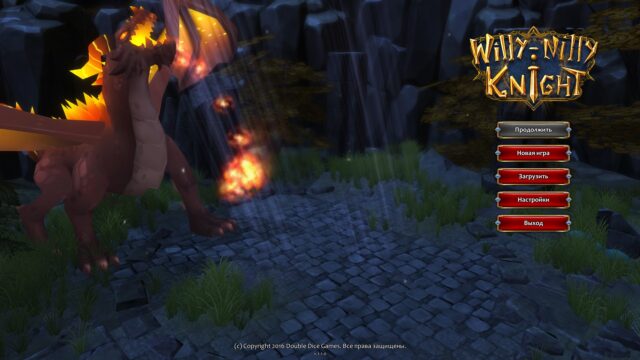Expeditions: Conquistador Review
In 2013, my faithful frigate reached the shores of the New World. Once on land, the band of conquistadors under my command began smoking potatoes, devouring tobacco, and carousing with the natives. I am considering the possibility of building a resort on this coast and will explain why you must definitely pay to come to our cozy abode. However, when booking a room in our hotel, keep in mind that you may want to leave earlier than planned…
The thing is, when you start a new campaign in Expeditions, among the characters that can join your created leader on his journey to the shores of the New World, there is a racist monk. The game is similar to many other examples of the genre, particularly King’s Bounty and Oregon Trail, but its theme and quality of the scenario allow it to stand out from the crowd. The group of pioneers, heretics, misanthropes, and other riffraff have little in common with noble clerics, wild orcs, and half-naked barbarians. The members of the group possess and are part of a series of stories that Conquistador sets out to explore. And as the player makes their way through the narrative exposition and impassable jungles, they eventually discover that these stories have turned out to be very worthwhile and unpredictable.
Playing the first of the two campaigns for quite a while, I was almost convinced that Conquistador was about to reveal itself as a delightful game, so it was somewhat disappointing to find that in the end, it turned out to be just decent. It provides plenty of reasons for enthusiasm, but at the same time, the diminishing periods of genuine enjoyment are accompanied by boring and repetitive episodes, the allure of which fades with each passing minute. But Conquistador, despite all its flaws, is at best extremely interesting.
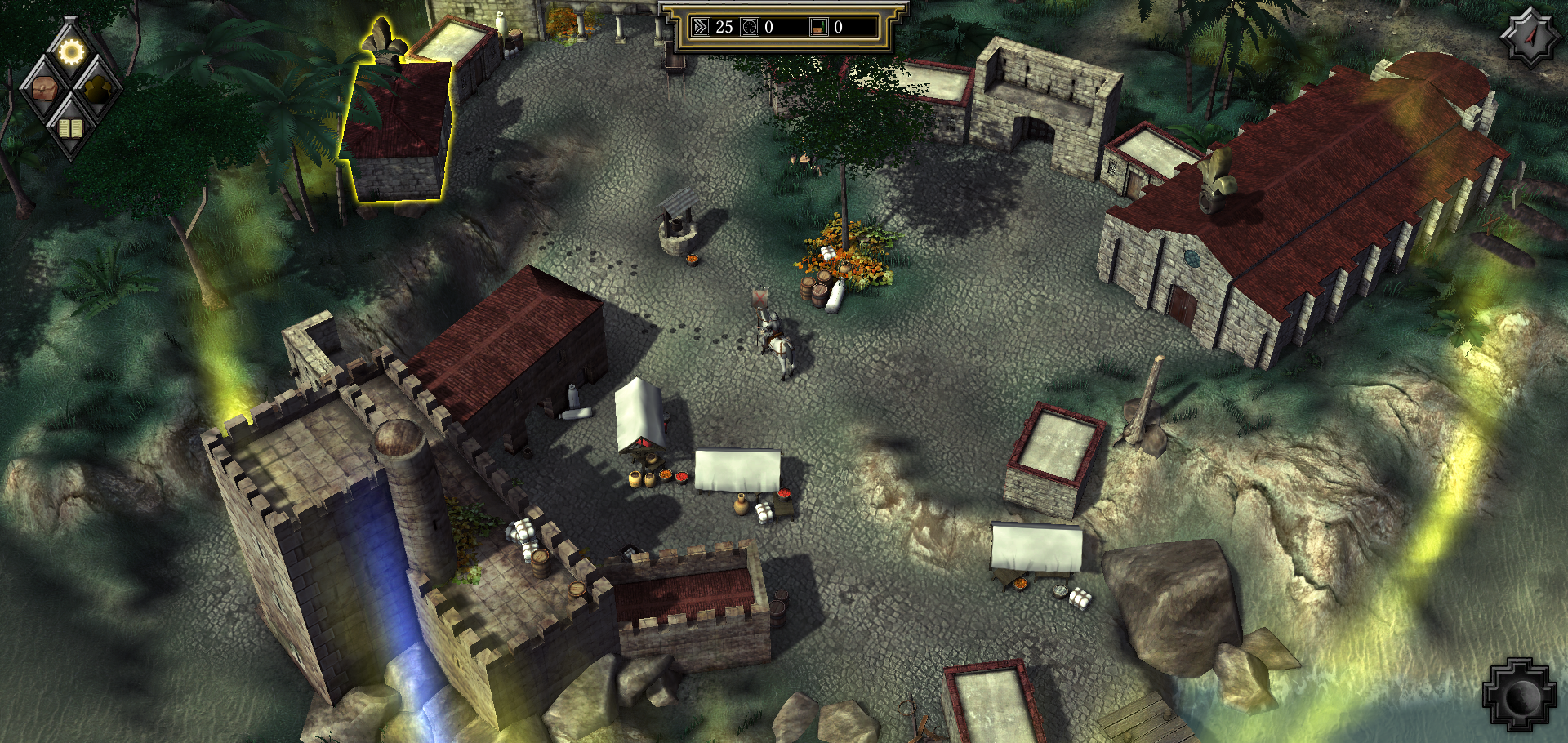
At its core, the game is divided into four components: map exploration, turn-based battles, team management, and role-playing. The latter is the most prominent, as it involves serious dilemmas directly related to the game world, resolved through well-developed dialogues that address various issues and character relationships. RPG aspects are present in team management, but resources for leveling up, equipment, and skills are taken from a shared pool, significantly reducing the individual progression of each character. In particular, equipment upgrades become rather peculiar. Weapons and armor, which are part of the shared pool, can be spent on points, which in turn are used to form the upgrades themselves. Thus, they are not obtained during jungle expeditions or purchased separately, unlike the “resources” that make up the weapons and armor themselves. These upgrades are then applied to the equipment according to the character’s profession.
This holds true for most objects – traps and obstacles used before battles can only be constructed by learning specific techniques. Medicine requires herbs and the skill to mix them. Surprisingly, food goes into the stomach to prevent colonizers from starving to death. Some of these resources can be bought or found during the journey, while others can be created and stockpiled during rest periods.
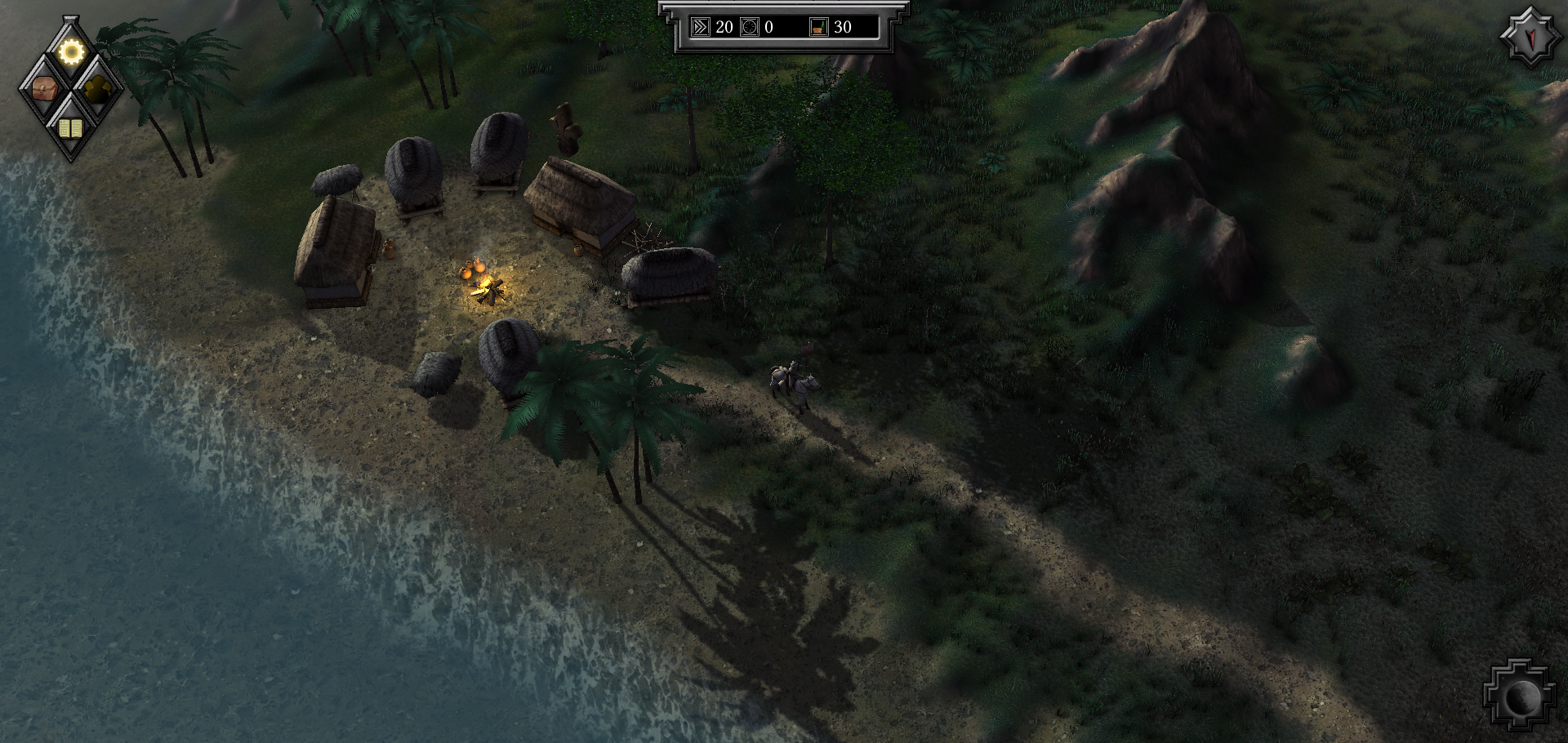
During the journey through the wilderness, the team can make a limited number of moves before the need for a night camp arises. Then a screen appears where each character is given a task, whether it be setting up the camp, guarding, exploring, or hunting. Depending on the type of terrain, the chance of finding certain items and the difficulty of guarding the camp vary.
At first, this system seems quite engaging, a component that adds realism and interactivity to team management, turning the wilderness into something more than just a territory to cross. Unfortunately, the choice of tasks and resource balancing quickly becomes routine – a means of creating necessary supplies that could have been put on autopilot, as automation works well enough.
In general, one way or another, the map still becomes just a territory to cross, while searching for new tasks and completing current ones. Settlements are more interesting than unexplored corners between them, if only because people live in them, with whom you can talk. And therefore, there is also the opportunity to make more important decisions – random events that liven up the boring camping, usually do not have serious consequences, except for the appearance of extra (or the reduction of unnecessary) resources at the team’s disposal.
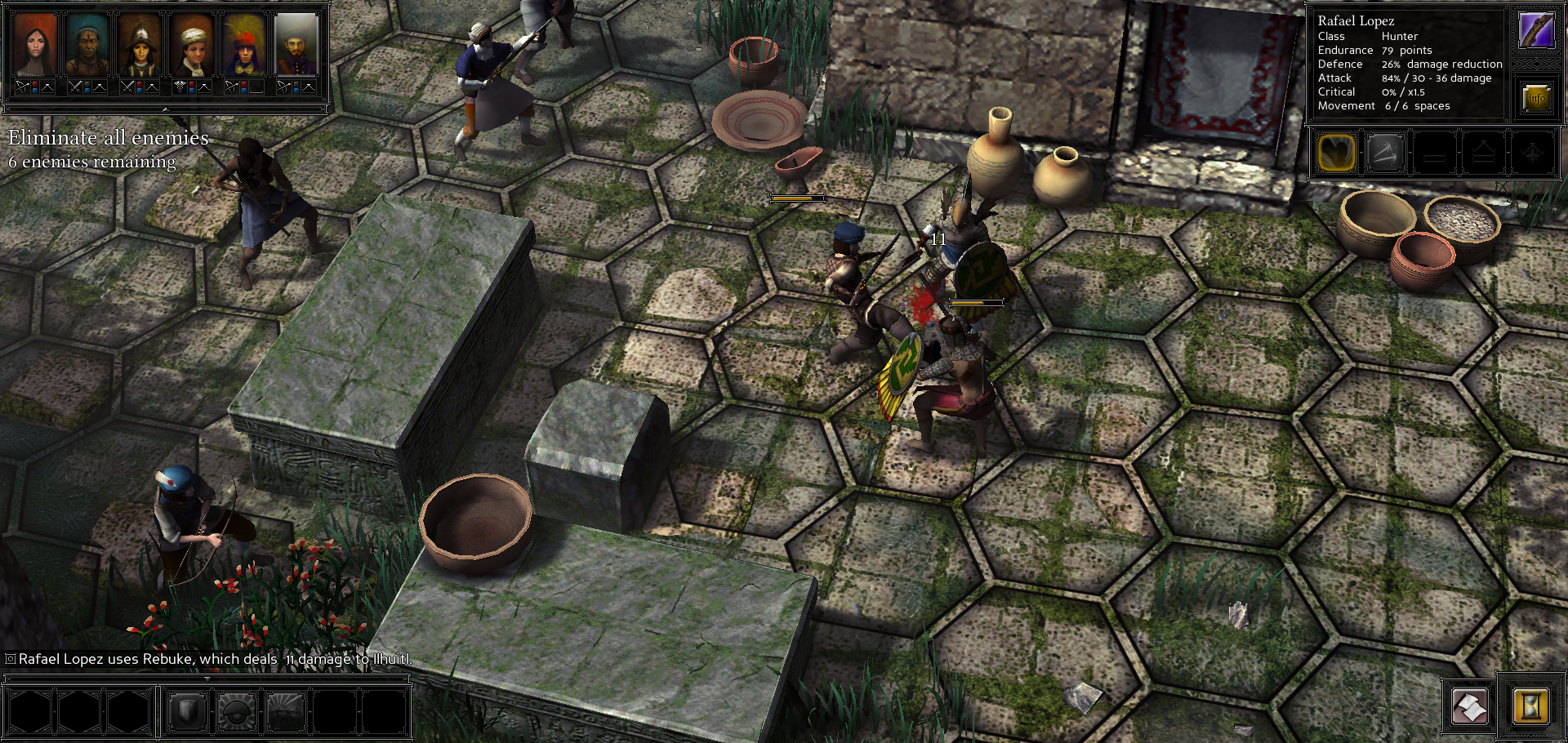
The situation is worsened by the jungle, which is not interesting to contemplate. And also the camera, which seems to be attached to the team, which hinders getting a clear understanding of the scale of the surroundings. It is quite frustrating that in a game that entices with stepping into the unknown, the world can seem like a series of checkpoints rather than an endless landscape with its own life.
The battles gradually become similar to each other, but they do not lack originality. The game provides opportunities for skillful use of tactics, especially with the emergence of new skills and equipment, and many battles seem very intense as they can lead to serious trouble. While the Heroes of MM-style exchange of blows between units may seem comical, there is always a risk of serious injury or death. Characters cannot be replaced, so over time I have become accustomed to even the worst of them. The battle screen also has its own kind of visual touches that the map usually lacks – watching the first clash (slaughter) with the Indians, you are confused because you see ordinary townspeople who tremblingly grab knives, which are more intended for cooking than for killing.
Although both the scenario and the description of the characters (both Americans and Europeans) do not shy away from the horrors of the situation, they are complex enough to avoid generalization. Of course, the game uses fantasy tropes – mysterious shamans, forbidden rituals, abandoned temples – but then turns them upside down. The writers avoided the temptation to create innocent and noble natives who were unlucky to encounter terrible Europeans. People, regardless of the culture they belong to, have flaws, are interesting, and often very unusual.
The characters and the plot are such a strong aspect of the game that even when tired of wandering, managing the camp, and battles, I still wanted to continue to find out what would happen next. In its description of the theme and era, the scenario finds a golden mean between historical accuracy and flexibility, allowing female characters to play a much more significant role on the front line than one would expect, as well as making decisions typical of our era, based on a look into the past and an anachronistic worldview.
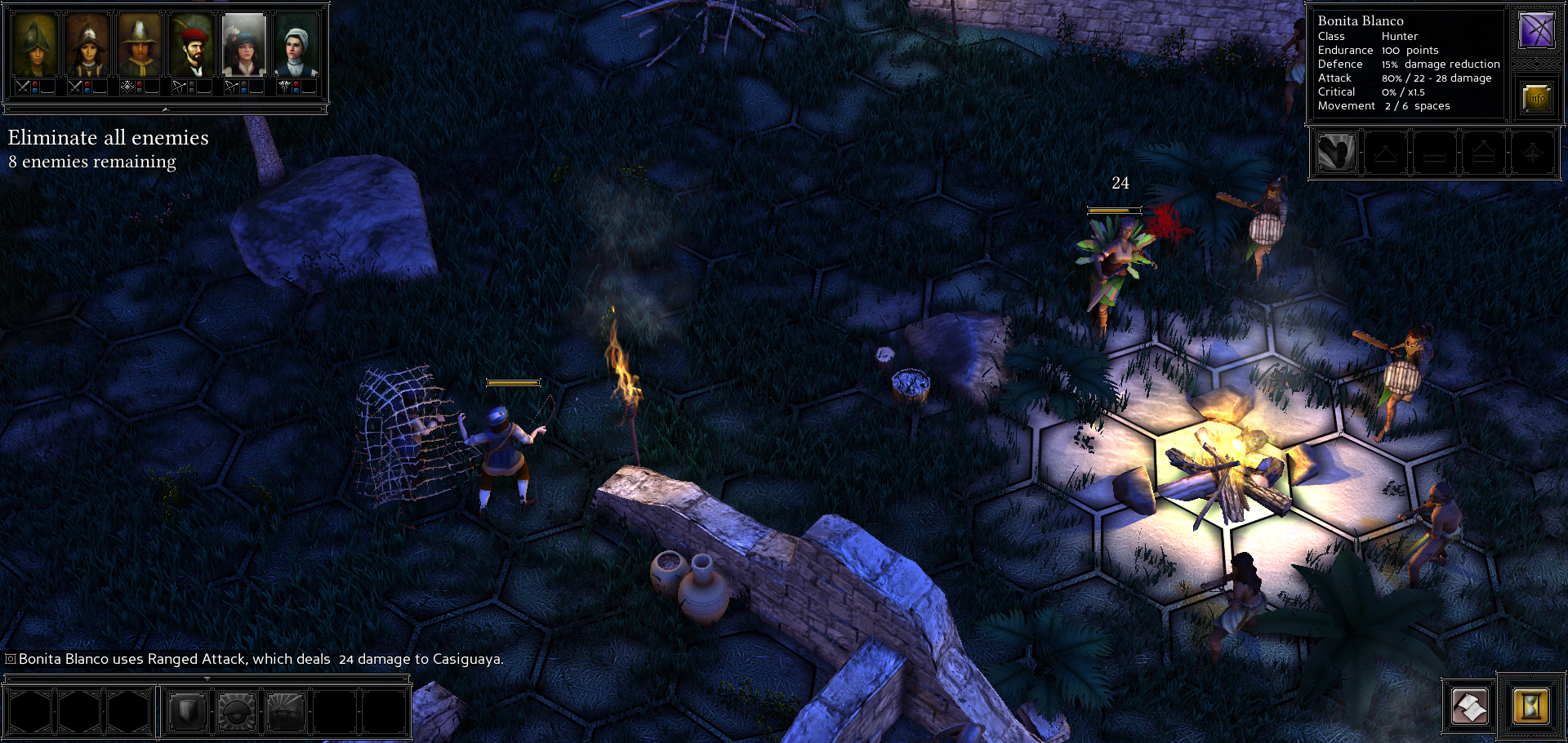
You can become the last scoundrel who sows confusion and discord, not only because the events are plausible and based on history, but also because the game often focuses on an individual or a family member. Conquest can be driven by ideology or greed, but choices are a personal matter. Several times I realized that I was obeying orders that I shouldn’t have obeyed, justifying my decisions as necessary evil for the sake of my group, or trying to play off wasted time, acting blindly.
And although I didn’t realize it until the game was over, part of the problem was the freedom offered to you from the very beginning. While group members have personal traits, the leader does not. The leader is simply you. And do you, perhaps, consider yourself better than the people from those distant lands? I hope you don’t think that you surpass them to the extent that the “brilliant” idea of enslaving or killing them comes to your mind.
However, the decisions present in the game can evoke similar thoughts in you or at least sympathy. Experiencing tragic events with terrible consequences, you feel the same emotions as your team. The jungle is home to an unfamiliar people who honor a foreign religion. Hiding in the forest, away from the city lights, they become true invisibles. It is more than reasonable to fear them, especially considering the stories you were told. But accepting this role is difficult. The game doesn’t try hard enough to convey a sense of alarm, allowing it to remain on the other side of the screen. It was very easy for me to detach myself from events that happened hundreds of years ago.
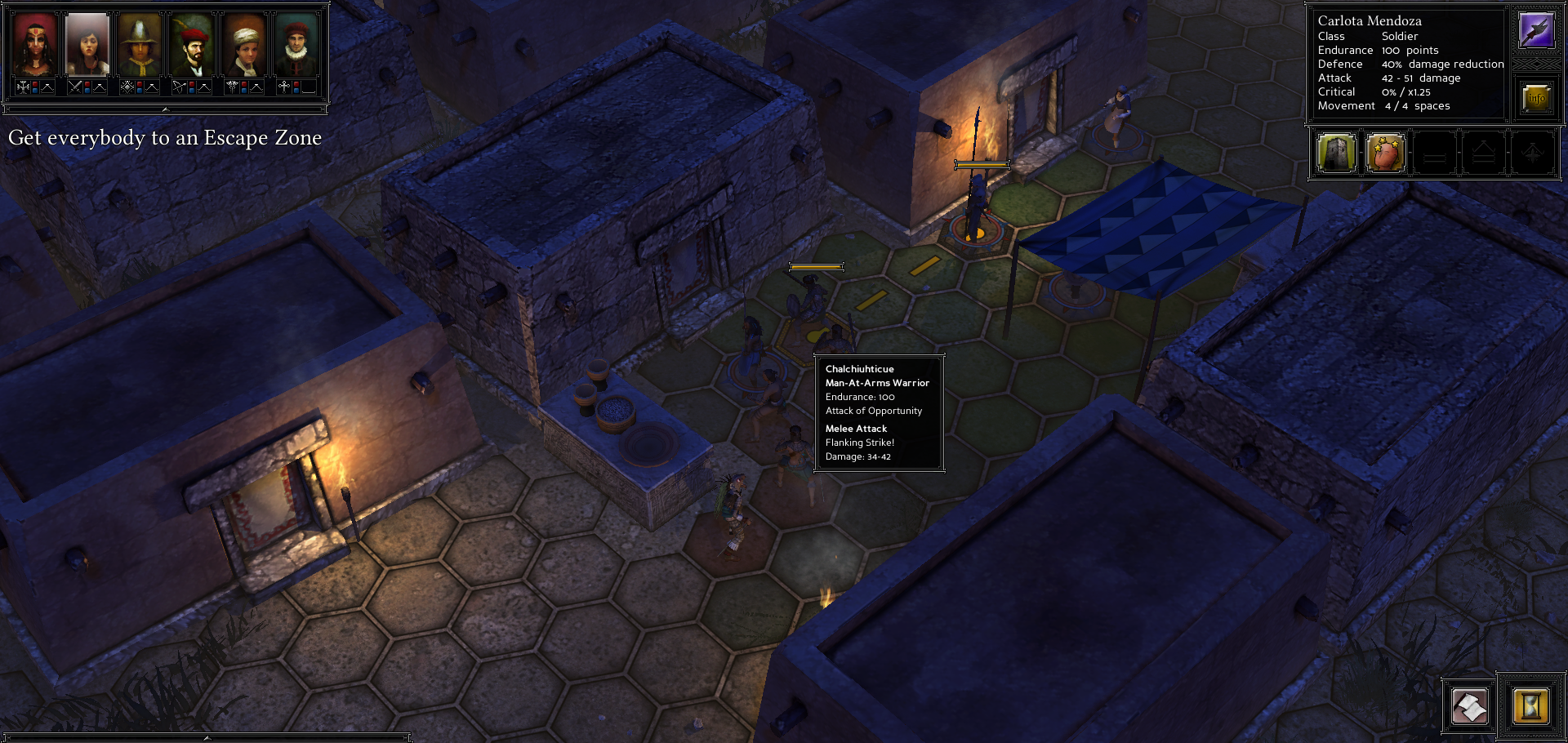
I felt like I was making my own decisions, i.e. in my own goals, only with an almost condescending look at the least anachronistic game characters. I often wanted – and this is very unlike me – for there to be less freedom in the early stages of the game in favor of tinkering with character creation. Perhaps a few early decisions that define the leader’s personality, as well as limiting my ability to act as a 21st century inhabitant by eliminating some choices and adding others. This is a kind of playthrough in the style of Fallout, where consequences are shaped by empathy and rationality, not abilities.
It would be unfair to end this review on a negative note. Expeditions: Conquistador is much more than a revamped King’s Bounty. It is a game that explores a historical era with confidence and professionalism. The combat system is effective, and while some aspects of management become routine, the focus on story and characters means that you will almost always be involved in at least one interesting story. If I were to start the game again, the maps would be the same, so I’m not sure if I would want to participate in these adventures again. However, if new Expeditions were to appear in the future, I would immediately pack my backpack and be one of the first to jump on board.
Share
Discuss
More Reviews
